The summer months make for a “berry” tasty time out in the forest. Walking through Seattle’s parks at the start of summer, you can easily spot the peachy colors of salmonberry fruit hiding in the foliage; while later in the summer, you start to notice the deep-blue berries from such native plants as salal and Oregon-grape. Picking berries can be a fun and rewarding hobby; but knowing what berries you are picking is critical in keeping yourself safe, as some berries can be toxic and have adverse affects on your health.
Identifying your native plants is the first place to start when it comes to picking edible berries. For help on plant identification, check out these tips and tricks from Washington Native Plant Society’s Elizabeth Housley. Once you’ve ran through some of Elizabeth’s practice examples, we suggest scrolling through the photos below to learn about the identifying characteristics of common native berries that you’ll encounter in our forests. The following native berries are all edible, but remember that everyone has a different preference in taste; so some may seem sweeter than others. But take the time to get familiar with the following native berries, and we promise it will make your summers in Seattle that much sweeter!
Blackcap Raspberry –
Rubus leucodermis
Leaf: Alternate and deciduous with white undersides; sharp-toothed leaflets; stalks and stems are white and waxy
Berry: Hairy raspberries that begin red, and darken to a purple or almost black
Habitat: Disturbed sites, thickets and open forests at low to middle elevations
Oregon-Grape –
Mahonia spp.
Leaf: Evergreen, leathery leaflets of 9 to 19; oblong-shaped with sharp teeth (often confused with the leaves of invasive English holly)
Berry: Clusters of deep blue berries, similar color and size as a store-bought blueberry
Habitat: Prefers drier to moist conditions at low to mid-elevation; can be found under a closed canopy, as well as in open forests
Red huckleberry –
Vaccinium parvifolium
Leaf: Small, alternate oval-shaped leaves; their stems have a noticeable jagged shape
Berry: Round berries that ripen to bright red; usually the size of a pea
Habitat: Thrives in soils rich with decaying wood, and often can be seen growing out of nurse logs; most often in coniferous forests
Salal –
Gaultheria shallon
Leaf: Alternate, evergreen leaves that have a leathery texture; leaves are egg-shaped and shiny
Berry: Dark blue to purple berries, solid in color and not iridescent
Habitat: Common understory plant in coniferous forests, but can also be found on rocky bluffs and near the seashore
Salmonberry –
Rubus spectabilis
Leaf: Alternate and deciduous, usually with three leaflets that are dark green with sharp teeth; stems and stalks are woody and covered in thorns
Berry: Looks like a large raspberry, and range in color from yellow to red
Habitat: Moist areas in forests and disturbed sites, often along stream edges
Thimbleberry –
Rubus parviflorous
Leaf: Alternate, deciduous leaves that are large and soft with fine hairs on both sides; leaves resemble the shape of a maple leaf
Berry: Bright red, resembles a “velvety” raspberry
Habitat: Found in open clearings to open forests at low to subalpine elevations
Trailing blackberry –
Rubus ursinus
Leaf: Alternate and deciduous with three leaflets; leaves are dark green with large teeth; stems are white and waxy with small thorns
Berry: Berries start red and ripen to black; berries are smaller than the invasive Himalayan blackberries
Habitat: Found growing in disturbed sites, thickets, and dry open forests

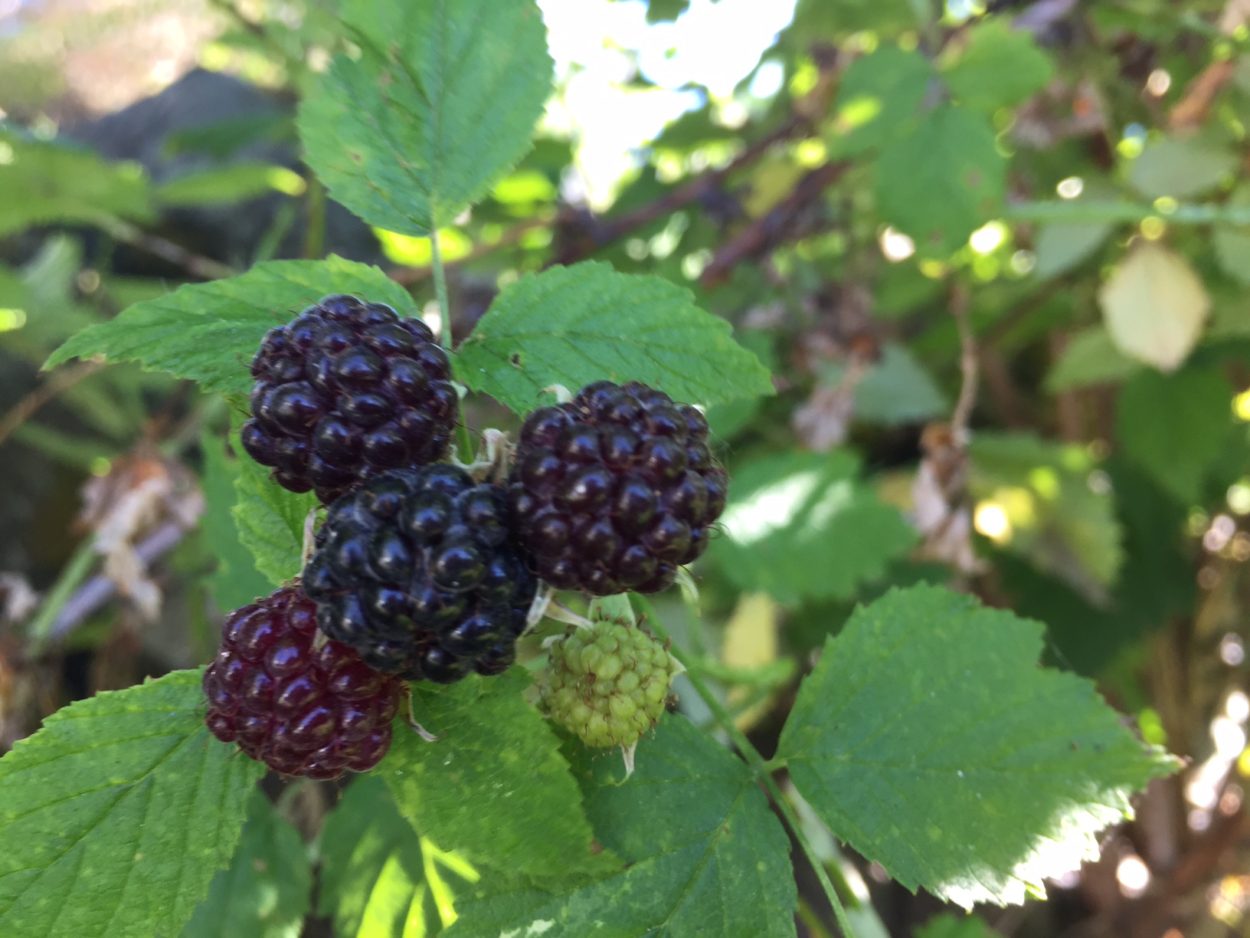
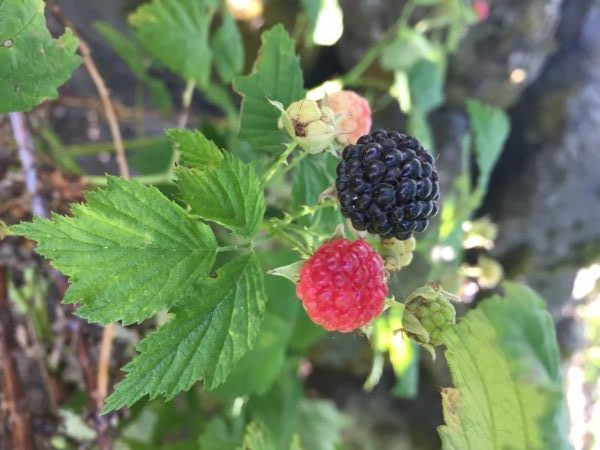


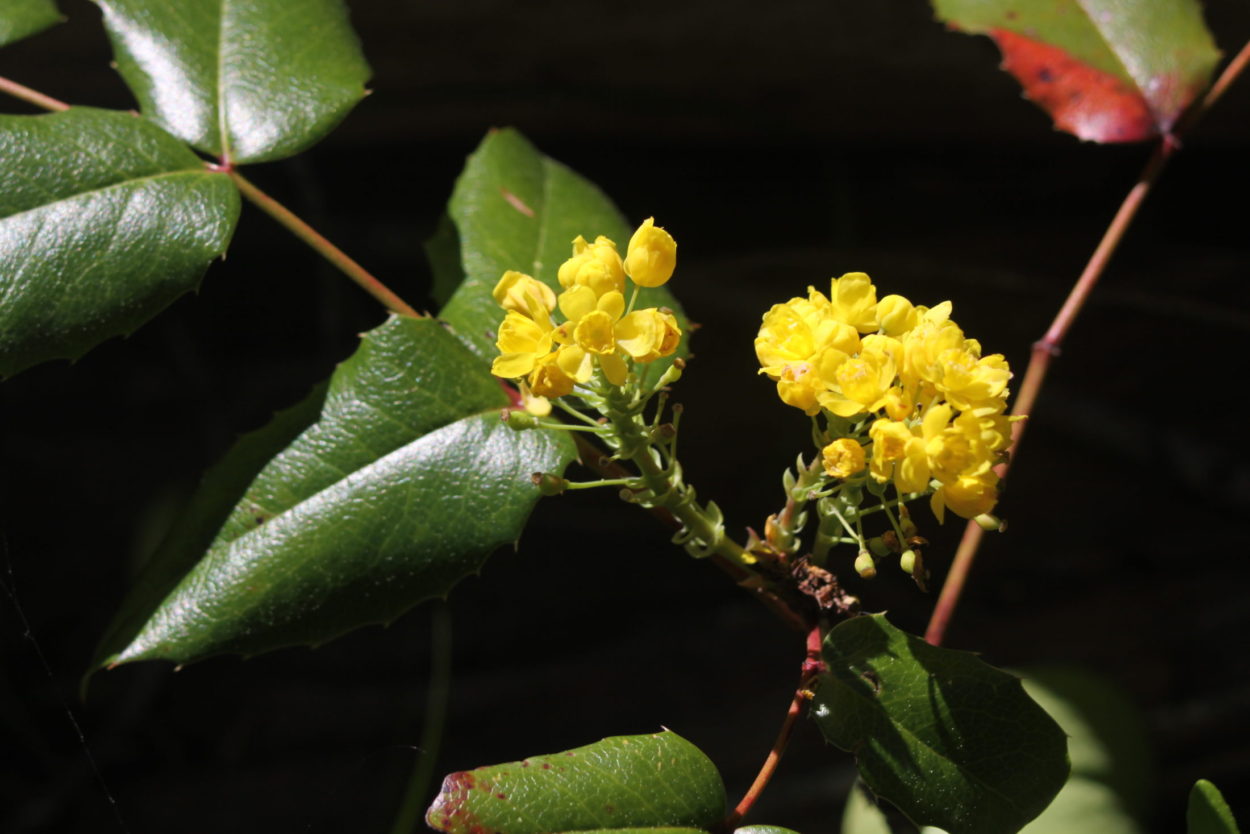
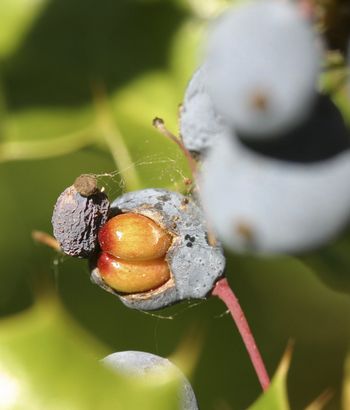

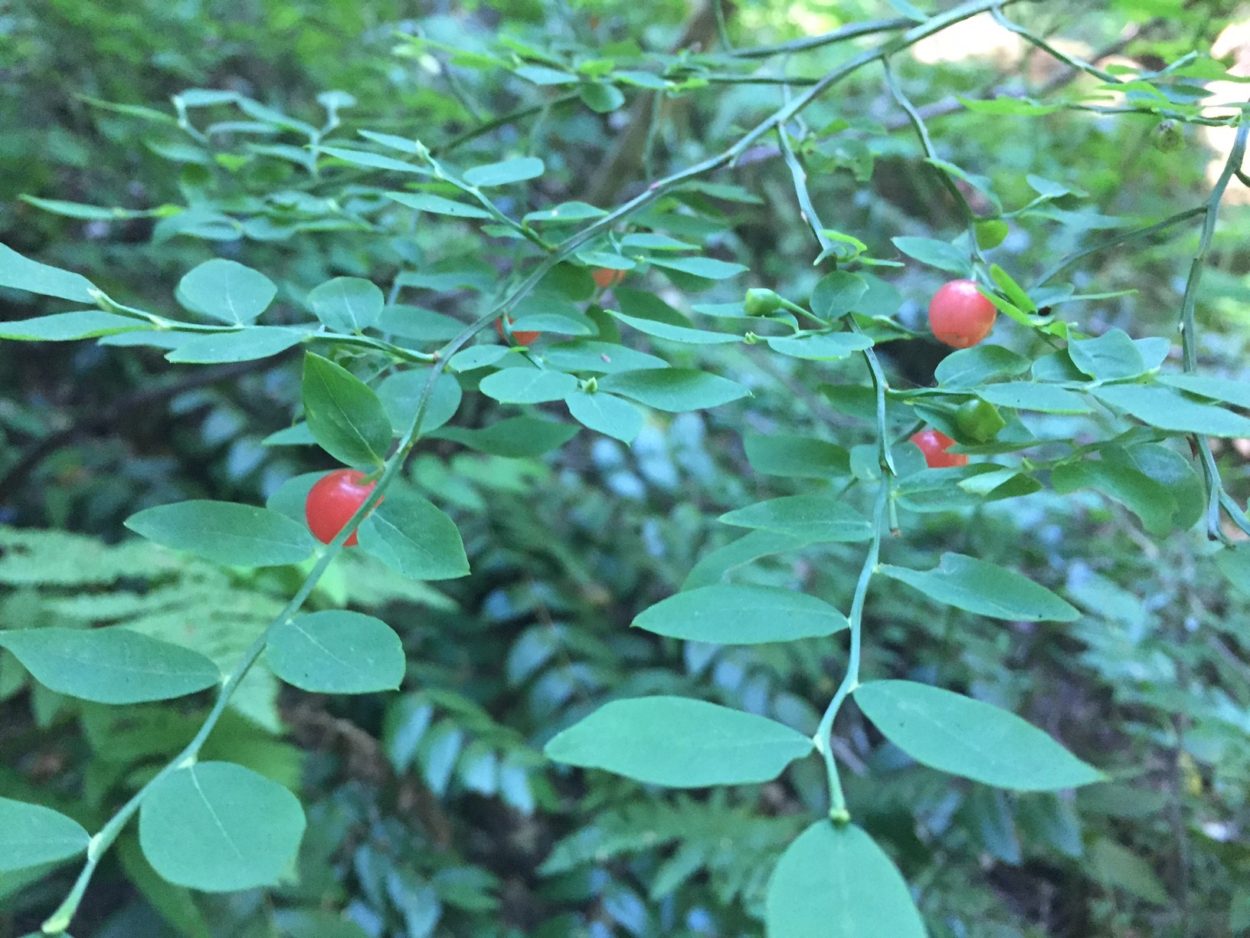
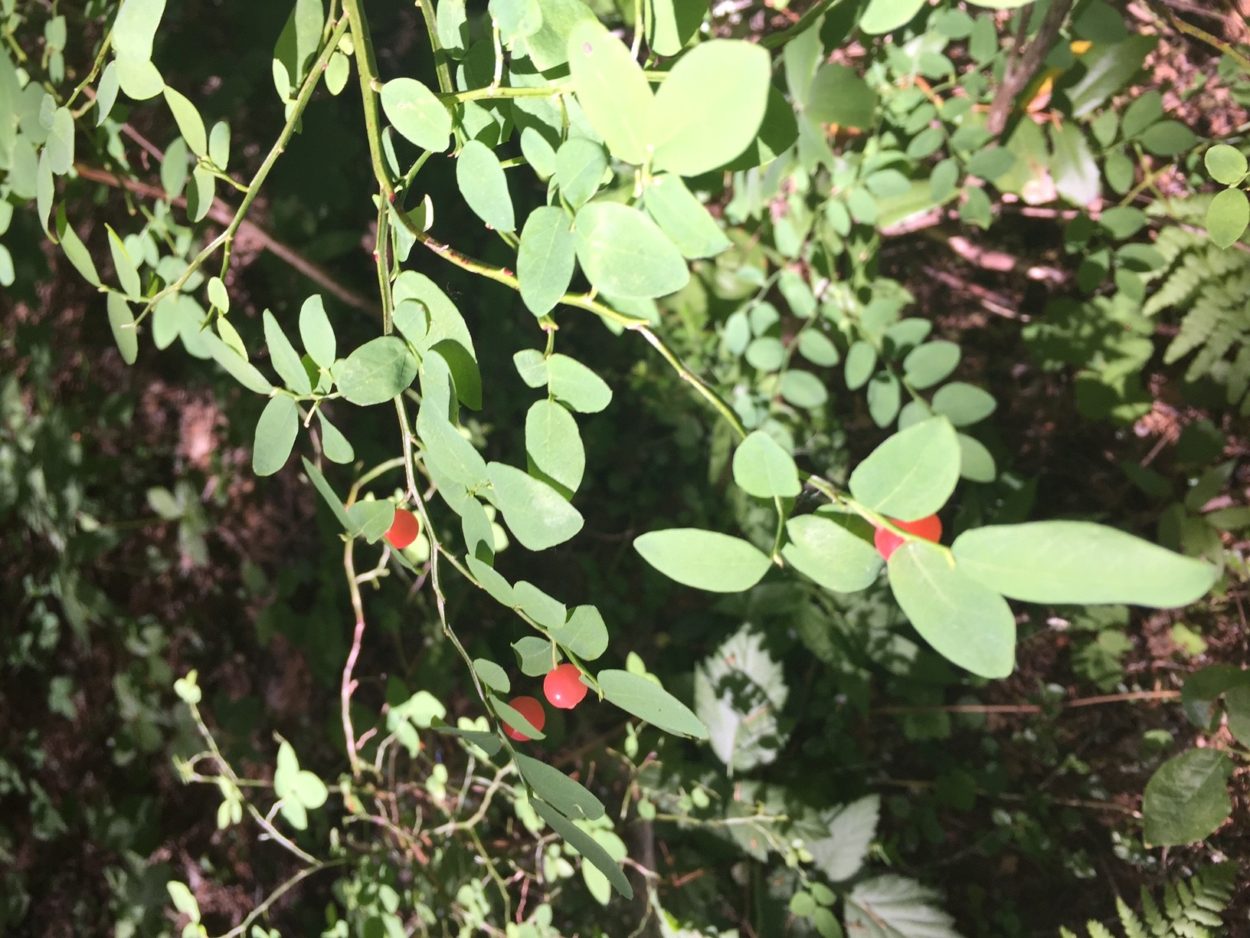


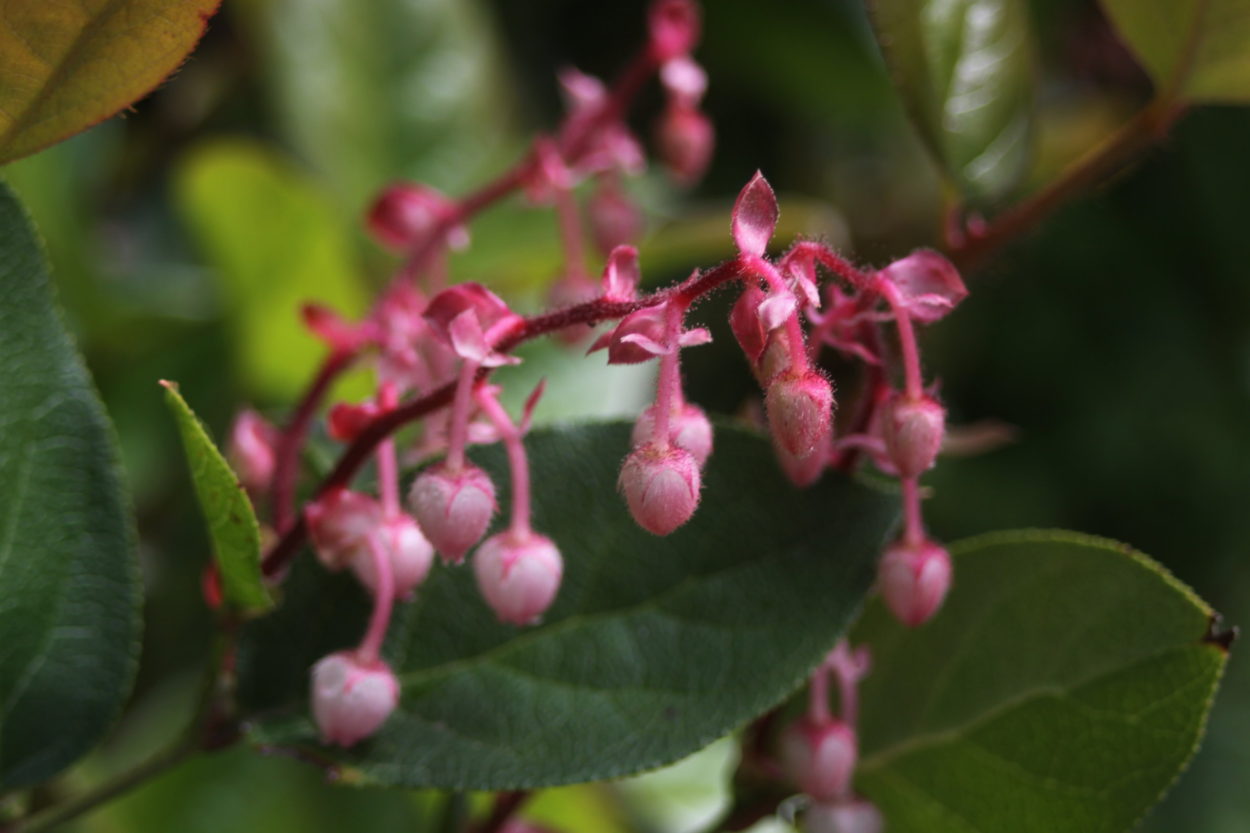
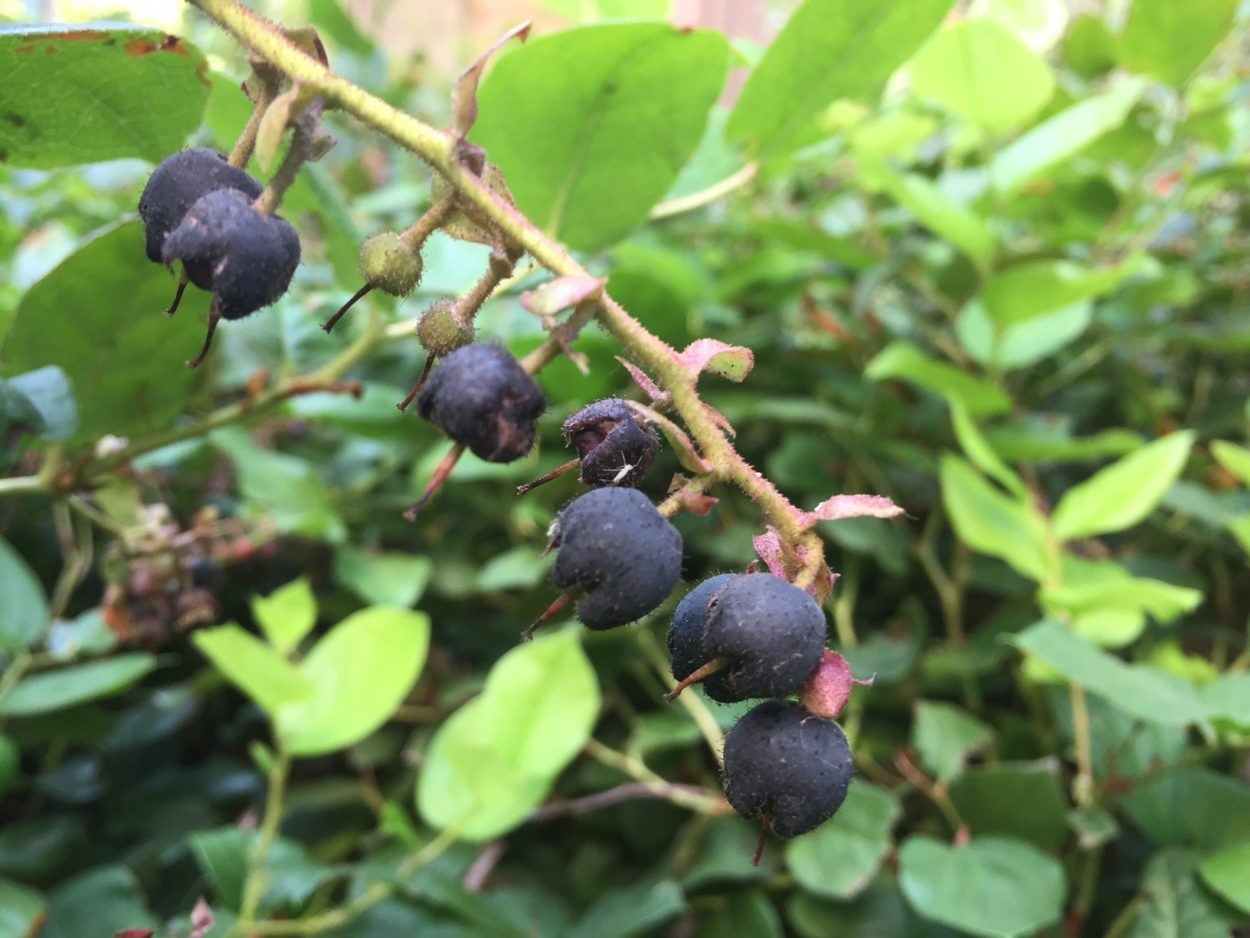
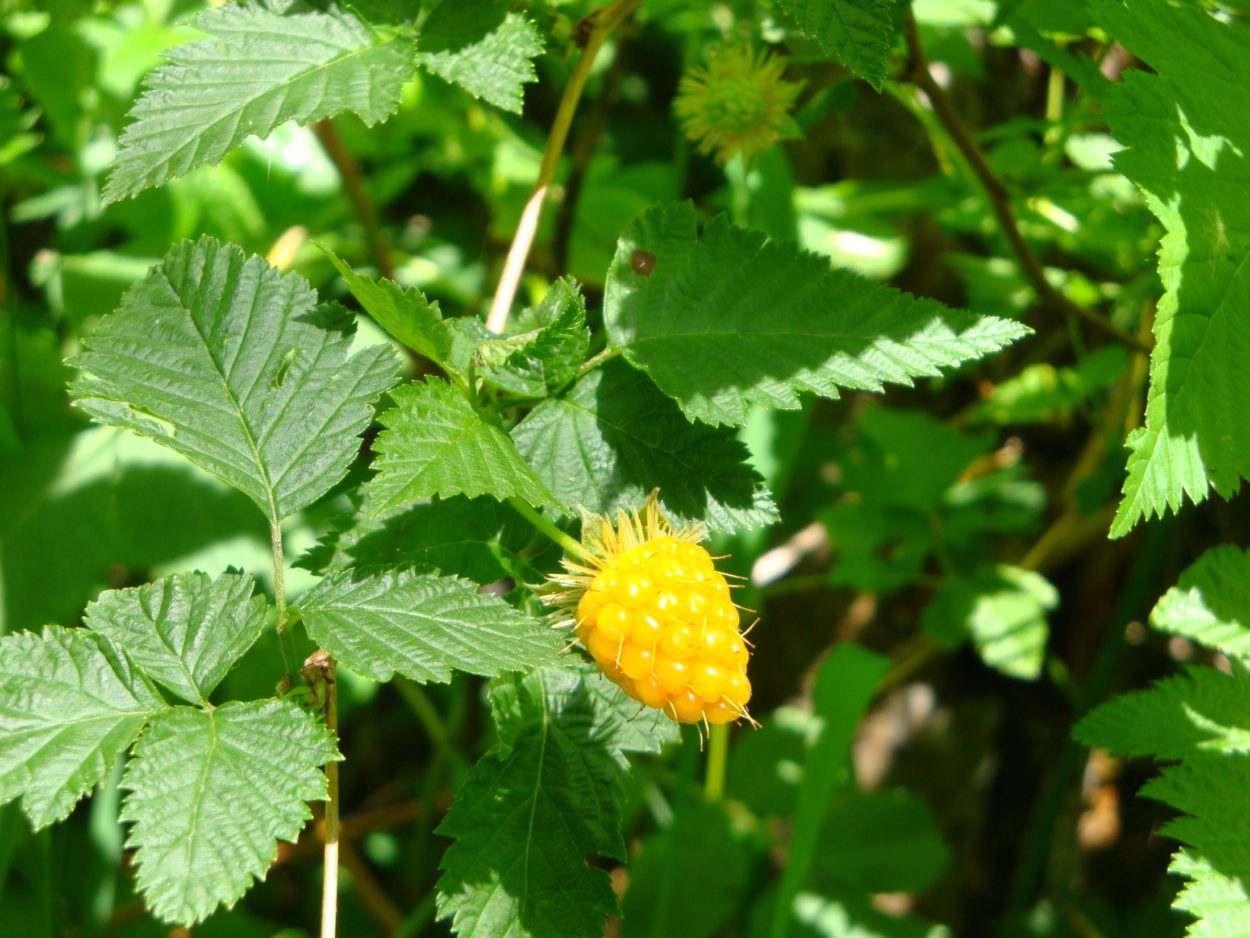
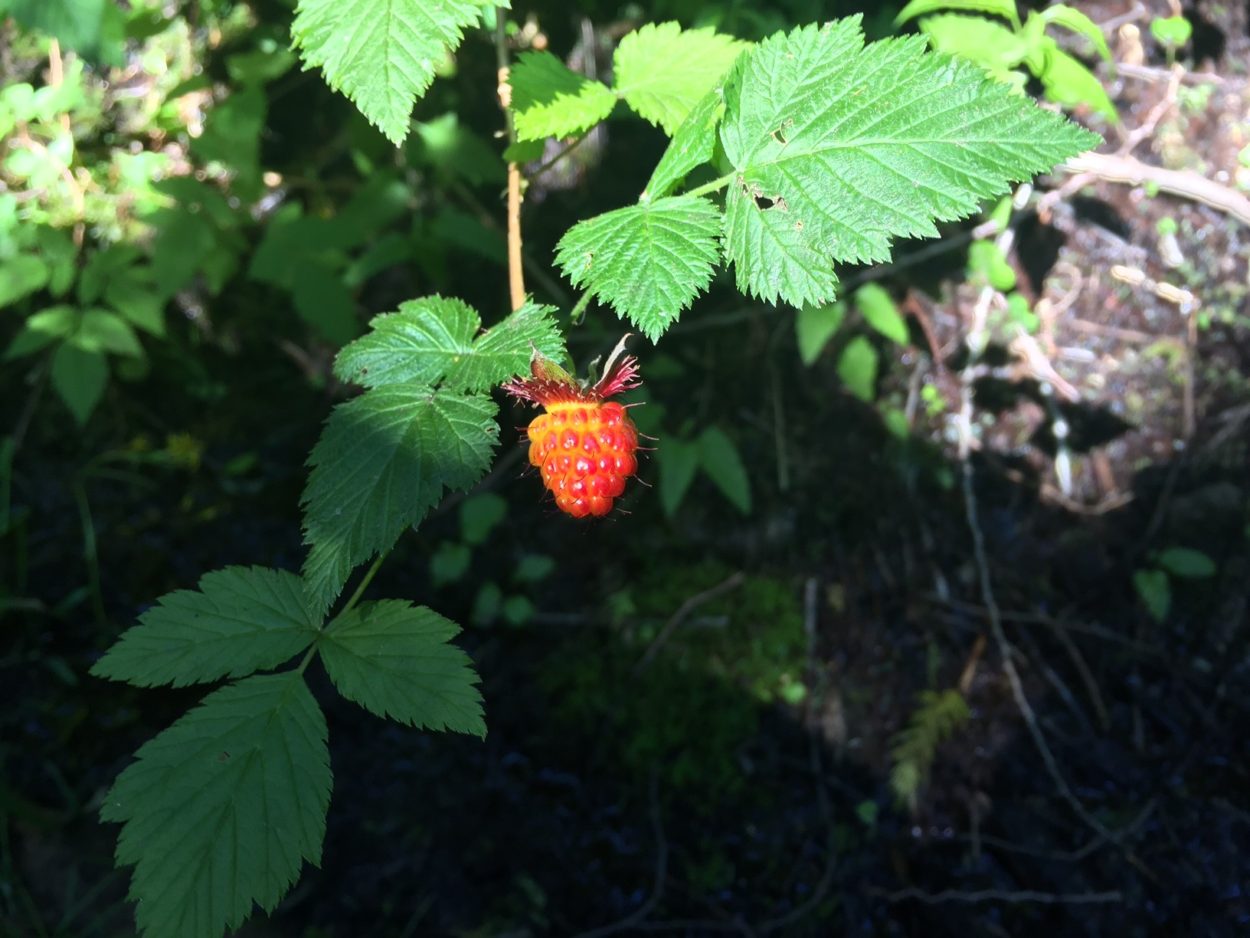
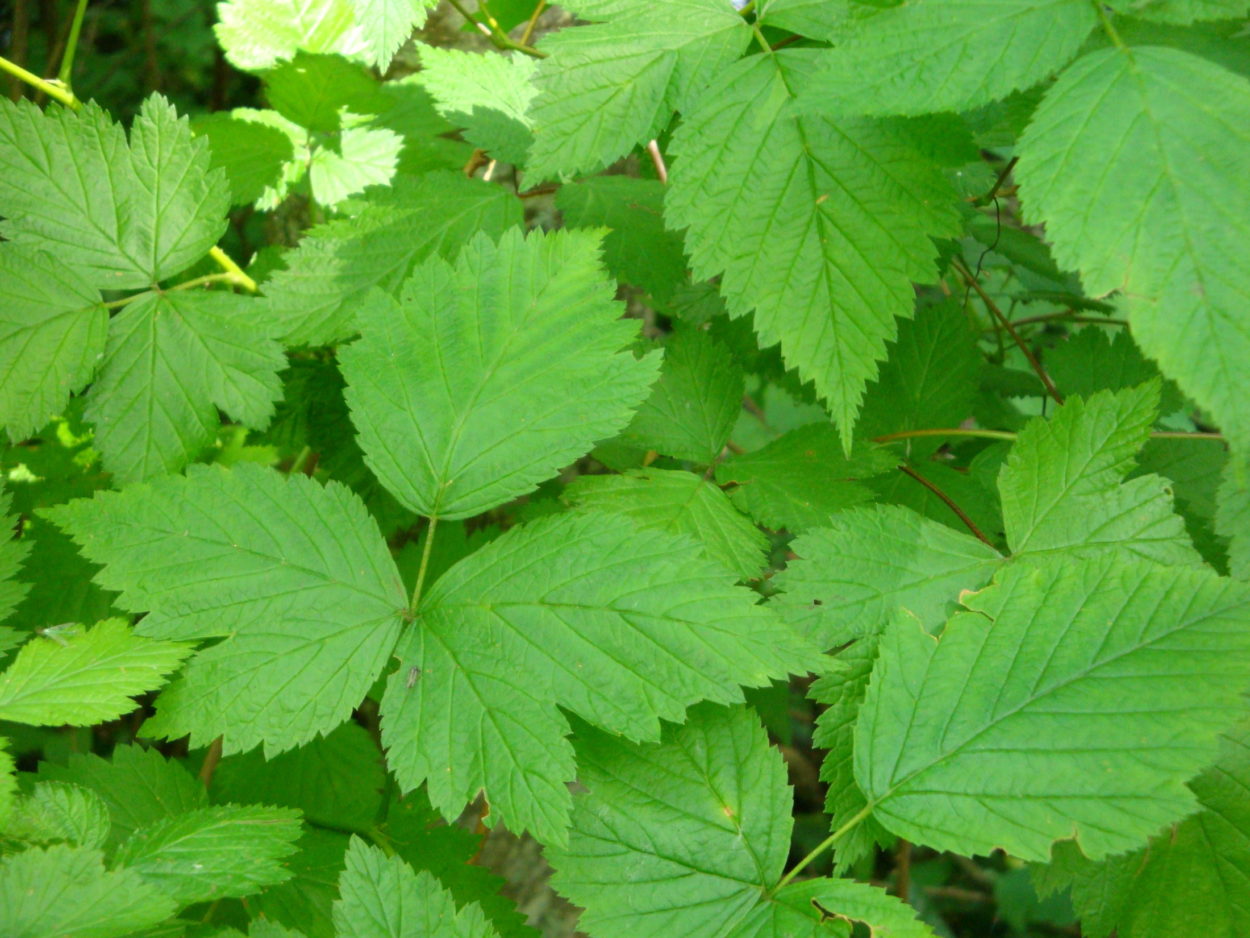
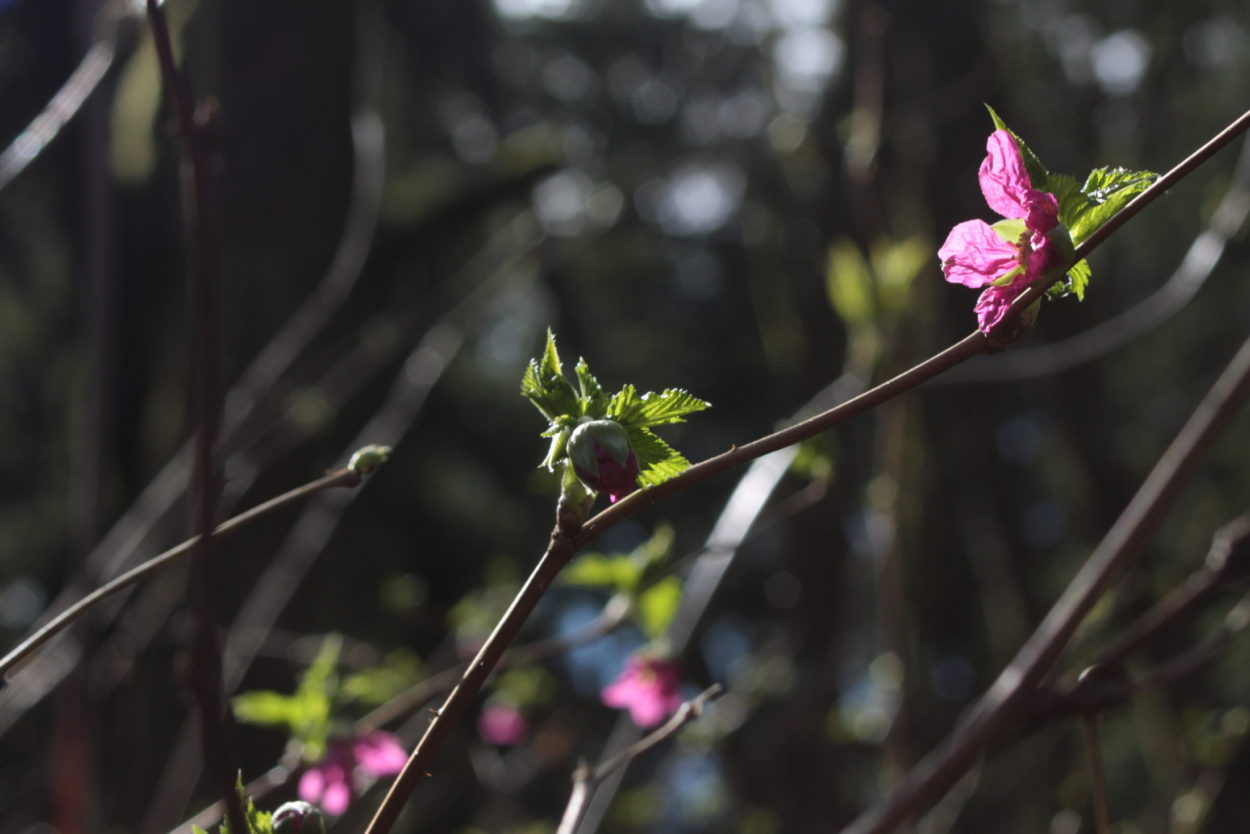
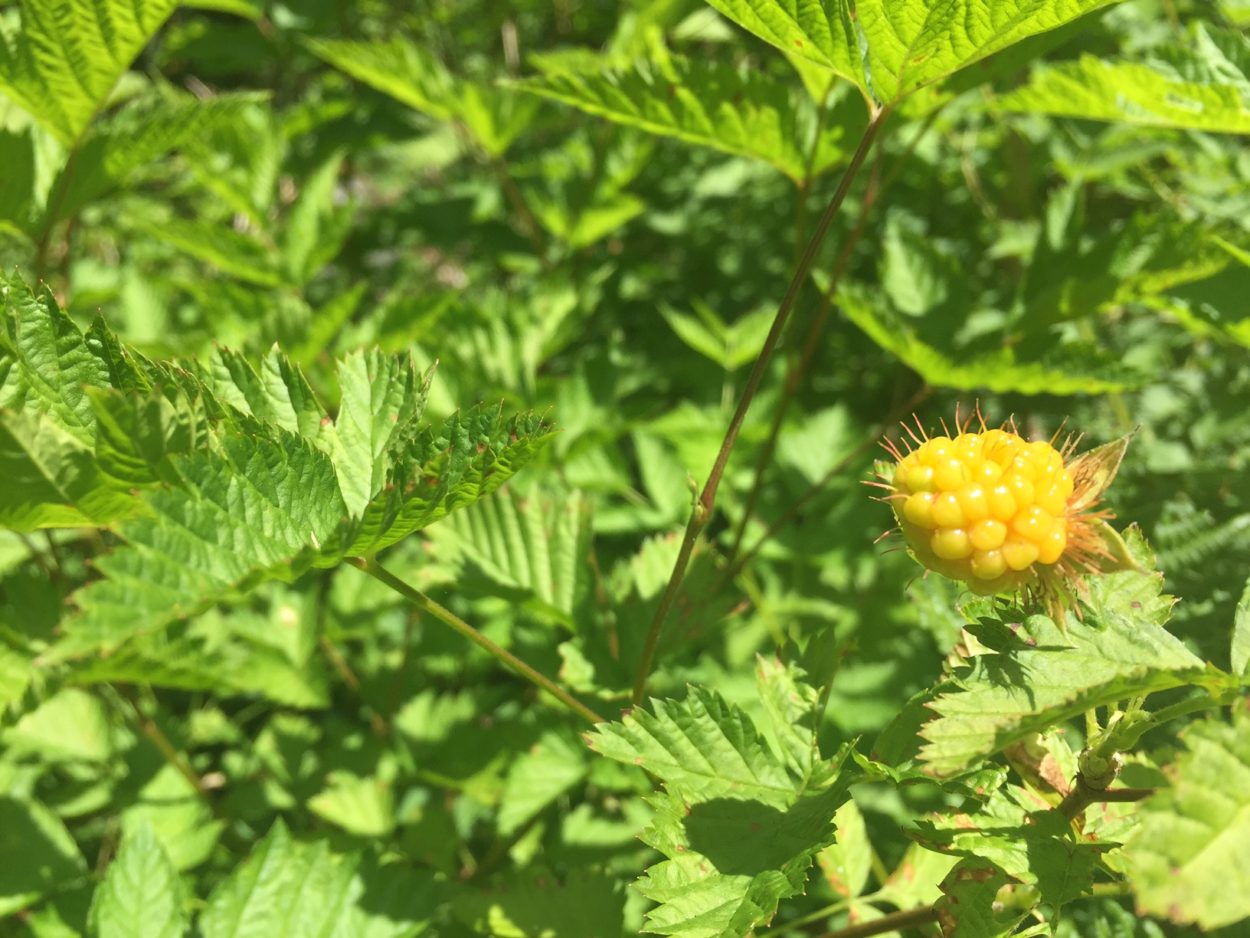
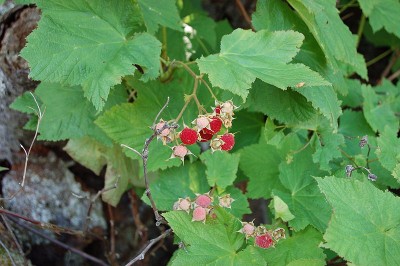


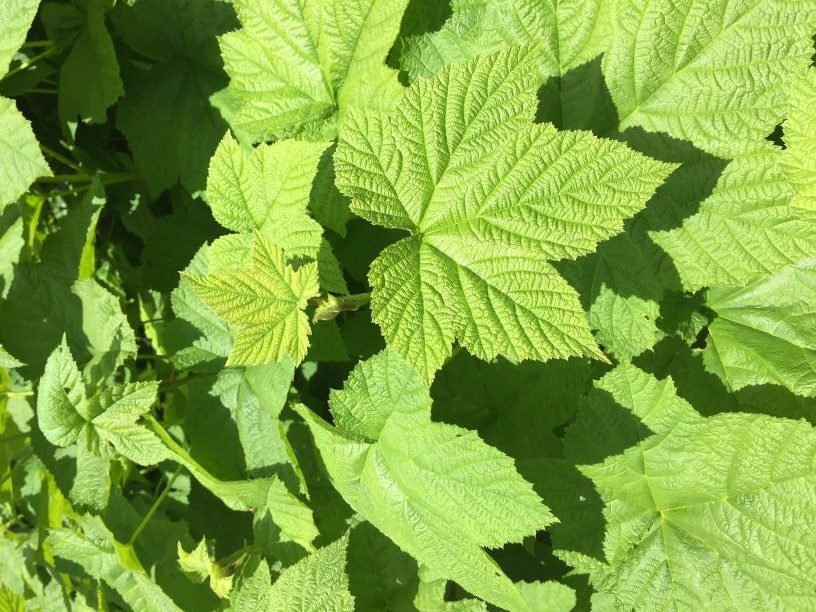

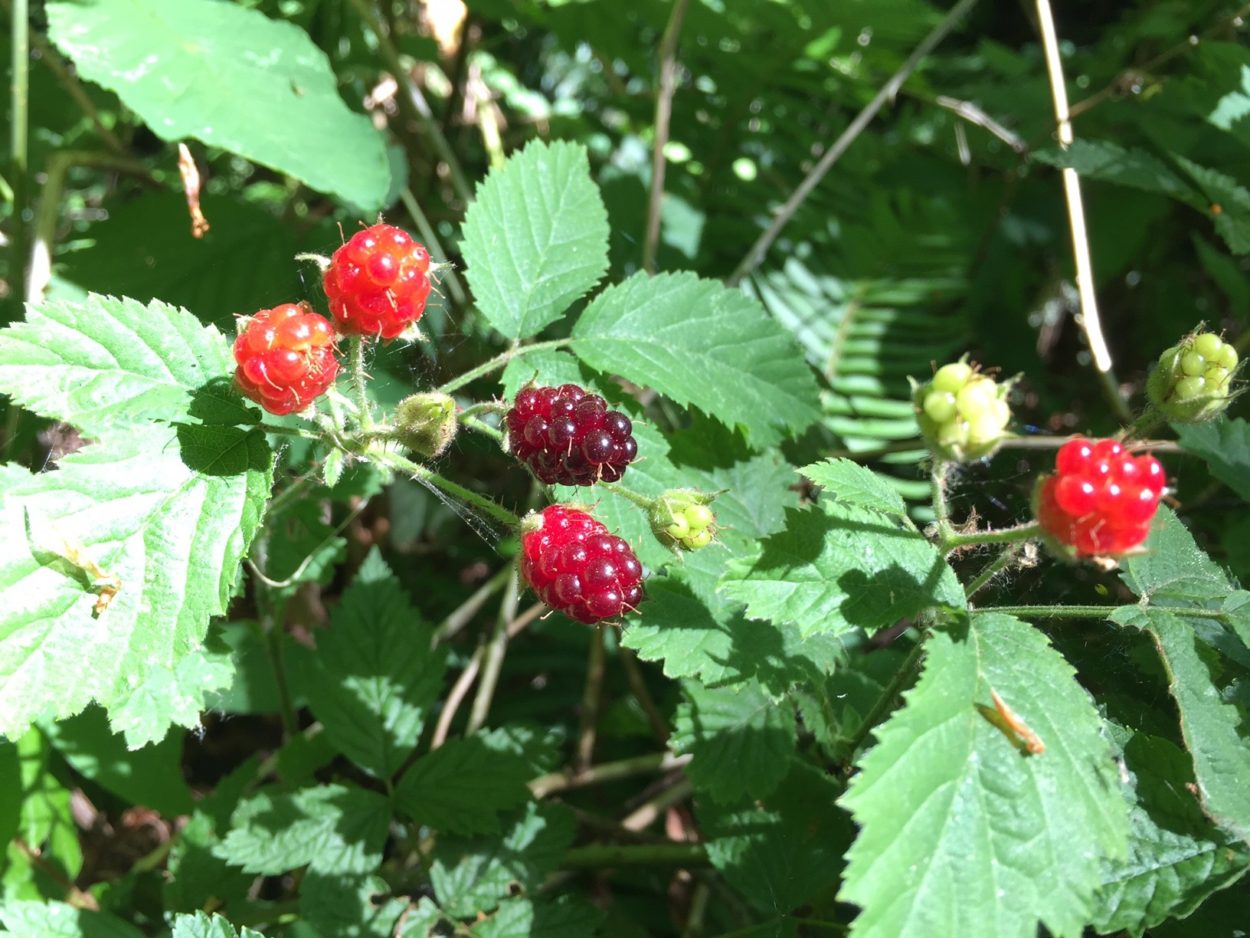
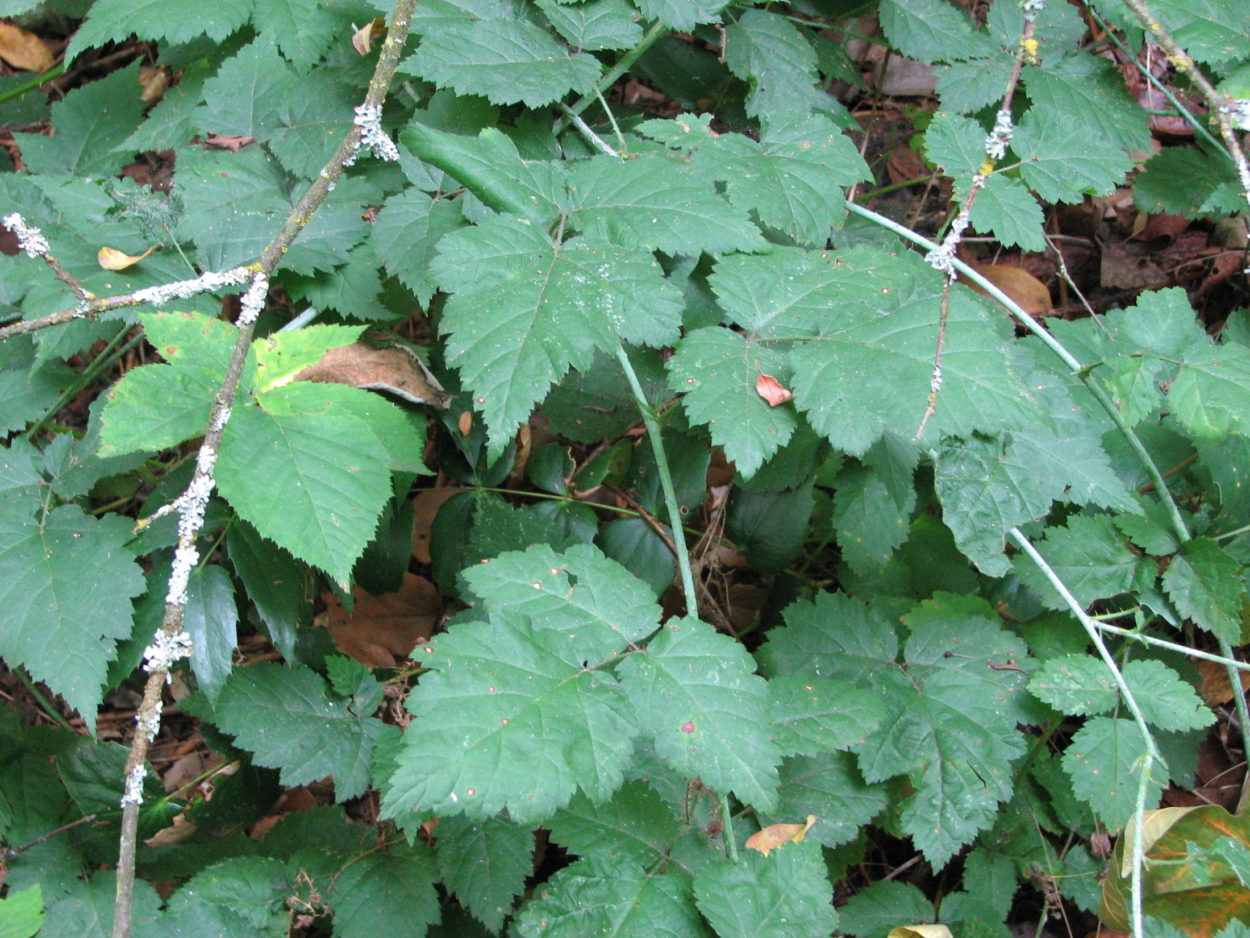
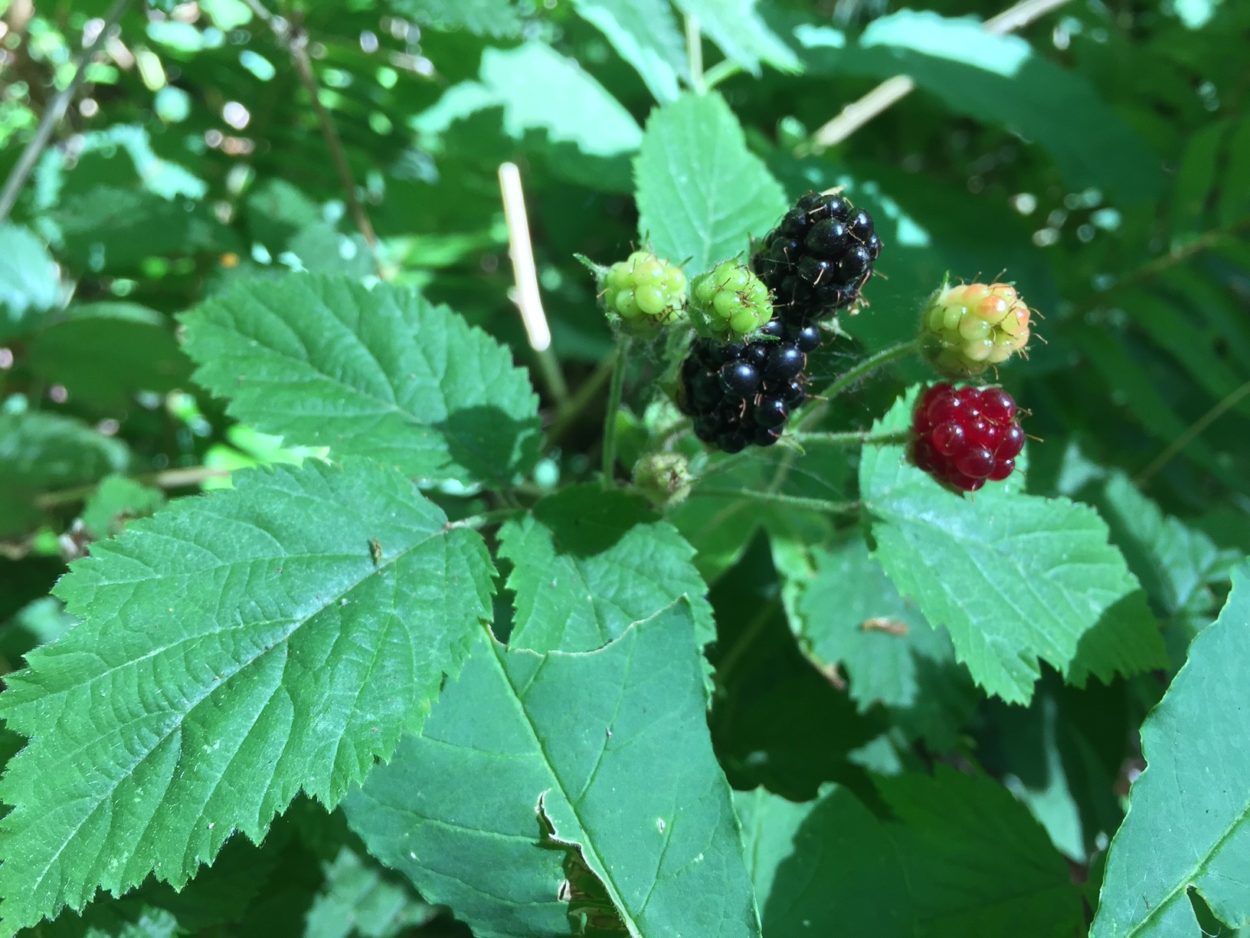
Thanks for the info about the berries-being new to the area, it was good to know; however the berries appear to grow wild in this region. Are there areas in which we should not partake because of spraying?
Madeline, be careful foraging in the Right of Ways or private properties where you are unfamiliar with how people are managing the vegetation. Seattle Parks and Recreation has a policy against spraying herbicides onto plants while fruiting to avoid conflicts to human health. We also avoid damage to all native vegetation, such as those discussed in the blog post. Mowing, digging and spraying are ways people manage unruly patches of berry-producing plants, such as Himalayan blackberry. If herbicides are used in early stages of restoration, GSP crews will often knock down patches of invasive plants in advance so the plants won’t flower and fruit. Spraying of low regrowth is always indicated by a blue dye and signage in the vicinity until the product is dry. Partaking of berries in the more wilder areas helps ensure you are not affected. More about policies and practices in Parks can be found at https://www.seattle.gov/environment/trees-and-green-space/pesticide-reduction